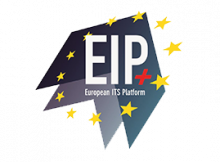NAPCORE
NAPCORE is an EU project that aims to harmonize and better coordinate the national central platforms for traffic data in Europe. The general objective of the project is to empower the National Access Points (NAPs) as the backbone for ITS digital infractructure. Also, it will facilitate national and EU wide operational coordination for the harmonisation and implementation of the European specifications.









